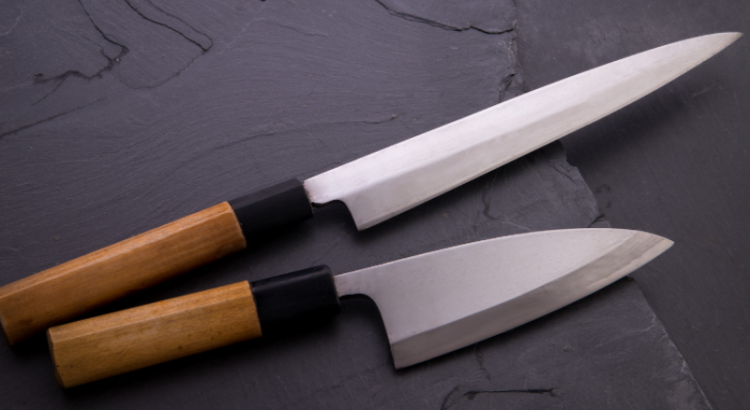Deba knives are a traditional Japanese knife designed primarily for filleting fish and breaking down poultry. With their thick spine and single-beveled edge, Deba knives offer exceptional cutting power and precision. Selecting the right Deba knife can be challenging, given the variety of options available. This guide will help you understand the key factors to consider when choosing a Deba knife, including blade length, materials, and craftsmanship.
Blade Length
Deba knives typically have blade lengths ranging from 105mm (4.1 inches) to 210mm (8.3 inches). The optimal length depends on your personal preferences and the tasks you frequently perform in the kitchen. A 165mm (6.5 inches) blade is a versatile choice for most users, providing a balance between control and functionality for filleting fish and breaking down poultry.
Blade Material
Like other Japanese knives, Deba knives are usually made from either carbon steel or stainless steel. Carbon steel offers a sharper edge and easier sharpening but is more prone to rust and requires extra care. Stainless steel is more resistant to rust and low maintenance but may not hold its edge as long. Choose the blade material based on your preferences and willingness to maintain the knife.
Blade Profile
Deba knives typically have a single-beveled edge, which allows for precise cuts and easy filleting. Some Deba knives also feature a “yo-deba” design, which incorporates a double-beveled edge for more versatile cutting techniques. Consider your preferred cutting style and the tasks you frequently perform when selecting a Deba knife.
Craftsmanship and Quality
To ensure the longevity and performance of your Deba knife, pay attention to craftsmanship and quality. Look for knives made by reputable manufacturers or artisans, such as Masamoto, Aritsugu, and Nenohi. Hand-forged knives often have higher quality, but they can be more expensive. Inspect the knife’s fit and finish, as well as the sharpness and polish of the blade.
Handle Type
Deba knives are available with traditional Japanese “wa” handles or Western-style handles. Wa handles are lightweight and well-suited for precise cutting techniques, while Western-style handles tend to be heavier and may offer more balance. Choose the handle style that feels most comfortable in your hand and suits your cutting style.
Choosing the perfect Deba knife involves understanding the importance of blade length, materials, craftsmanship, and other key factors. By carefully considering these aspects, you can find a Deba knife that not only enhances your culinary skills but also serves you well for many years to come.
